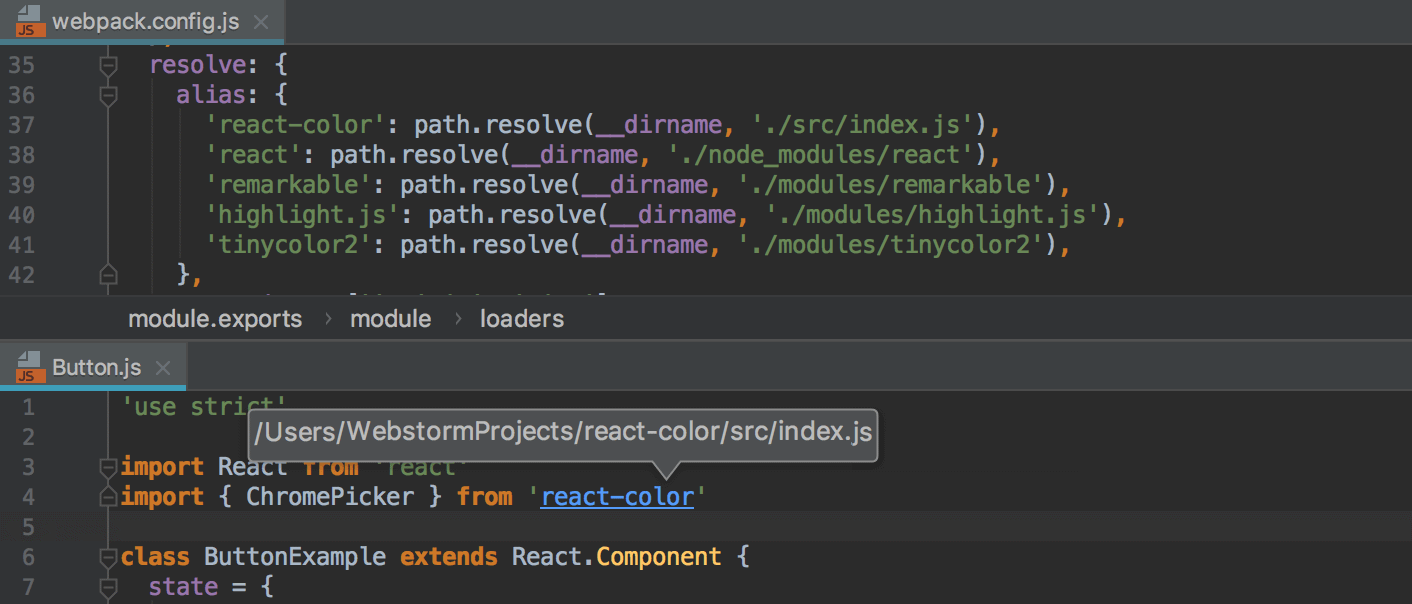
It can look something like this: /index.js`) The entry property in the Webpack configuration can accept an object with named entries.
#Why use webpack how to#
This development environment looks like this: How to generate multiple entries? I also used the same system to create a development environment for our Design System web components. In my case, I used it in order to generate dynamic test pages for our visual regression system. You’d might want to generate multiple applications, or to demo upload a static website to github pages. Generating multiple HTML outputs for multiple entries can be useful for various reasons. Reasons to use multiple entries with webpack If you run yarn ui-tests -s a webpack-dev-server will run and allow you to browse the test cases corresponding to the files in the dist folder. In dist folder you’ll find multiple html and js files – each for a different component. This is done using a custom webpack plugin that takes the source code and adds it to a test template file. In the tmp folder you’ll find the compiled results of the source code.
#Why use webpack install#
If you clone the repository, yarn install and then build the ui-tests (yarn build-ui-tests) webpack will build a ui-tests/tmp folder as well as a ui-tests/dist. The magic happens in the ui-tests folder. This test page is then snapshot-tested using playwright for a visual regression test. For each component, we create a test page. In this setup, we have a UI components library with various components. You can follow the explanation and run it on your machine locally to better illustrate this use case. Let’s take a look at a real life example from a production setup. If you want to learn webpack from scratch, there’s an old article of mine here that walks you through building a full webpack project.

When bundling a front end entry point, you sometimes want to generate an HTML file per entry. For each entry, a bundle will be created. Webpack can also accept multiple entries. It then smartly concatenates your files and even splits them for lazy loading if needed. It starts from a file called “entry” and follows your import or require calls. Webpack allows you to bundle your app from one or multiple files.



 0 kommentar(er)
0 kommentar(er)
